New study documents shifting reality for giant sequoias
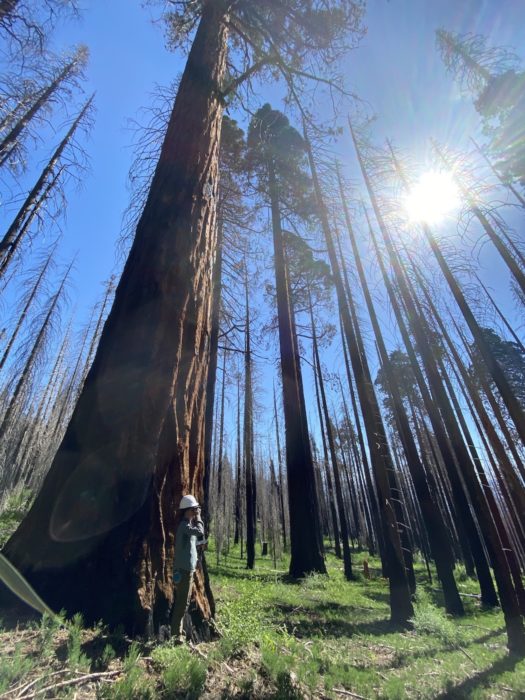
Analysis documents first signs of vulnerability to high-severity wildfire
For millennia, one of the defining characteristics of giant sequoias has been their innate resilience to wildfire. But in the last several years, severe fires in the Sierra Nevada have revealed an unprecedented vulnerability in the groves. In just the last two years, wildfires have killed nearly 20% of the oldest, largest giant sequoias, shocking researchers and land managers.
A new study published in the journal Forest Ecology and Management is the first to document the new reality that giant sequoias are experiencing due to modern changes in their environment driving high-severity fires. In particular, the study documents giant sequoia mortality following three wildfires that burned at high severity within giant sequoia groves between 2015 and 2017.
“Our surveys are the first to show that even the largest among the quintessentially fire-adapted giant sequoias are vulnerable to high severity fire,” said co-author Linnea Hardlund, the League’s giant sequoia forest fellow. Former League Director of Science Kristen Shive is the lead author, while League GIS Manager Sonia Morris is also a co-author.
At groves such as Black Mountain and Nelder, fire likely took advantage of unnaturally high fuel loads and dense forest conditions that were able to build up over decades of fire suppression to reach into the crowns of the giant sequoias. Climatic factors such as drought and shifting fire seasons also likely played a role in fire behavior. Fire scars, or “catfaces,” from earlier fires also proved to be a significant vulnerability to mortality. In some cases, even large trees took one to three years to eventually perish from the fire damage.
Even though the 2020 Castle Fire, 2021 Windy Fire, and 2021 KNP Complex Fire had a much more dramatic impact on the giant sequoia range than the fires documented in the study, the earlier fires nonetheless provided some of necessary clues to understand the vulnerabilities that giant sequoias now face, and what forest managers can do to mitigate those dangers.
“The main lesson here is that the level of mortality that the giant sequoias have seen in recent years will continue without immediate action to make these forests more fire resilient,” said Hardlund. “Throughout their long lifespans, it is likely that these trees have never been more vulnerable to fire on the landscape than they are right now.”
This feature appears in the beautiful printed edition of Redwoods magazine, a showcase of redwoods conservation stories by leading scientists and writers, as well as breathtaking photos, and ways you can help the forest. Only a selection of these stories are available online.
Join our thousands of members today for only $25, and you’ll get future editions of our Redwoods magazine.
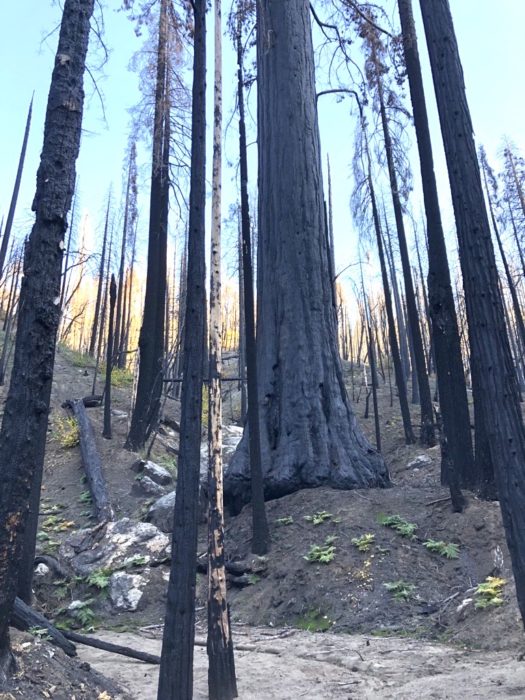
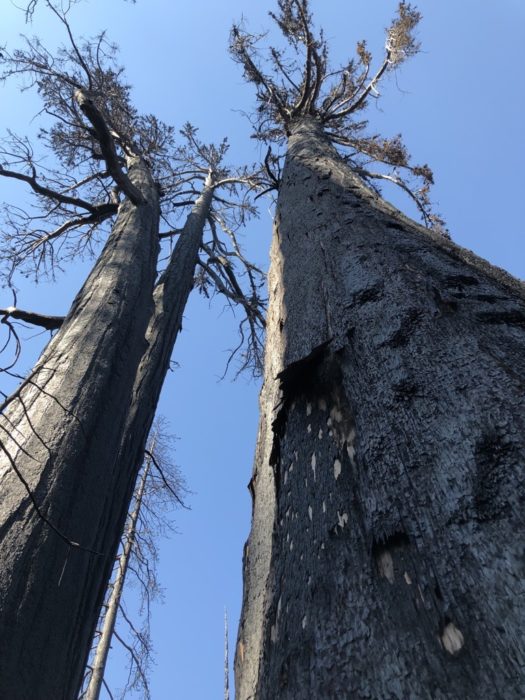
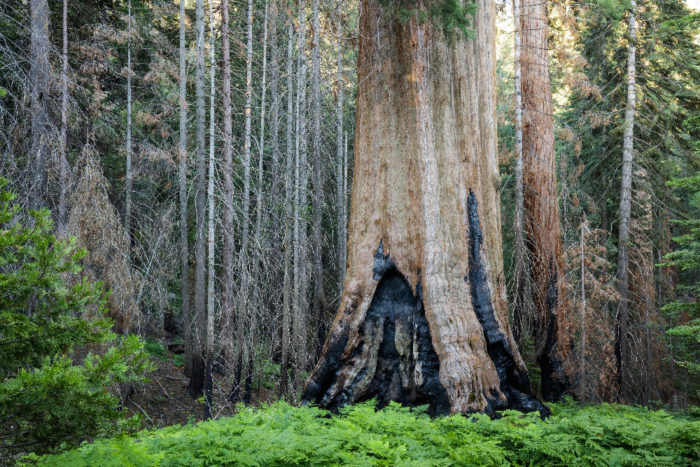

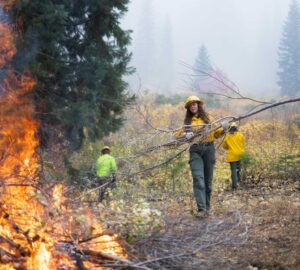
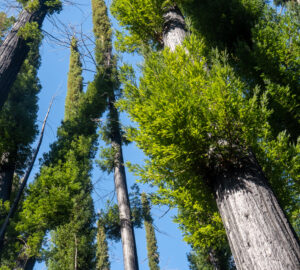
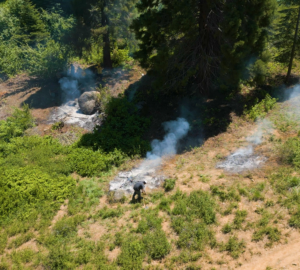
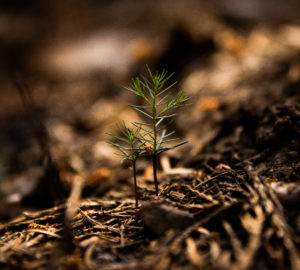
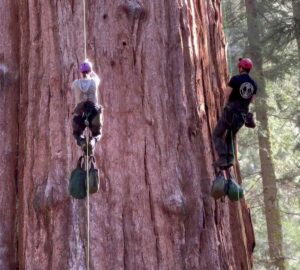

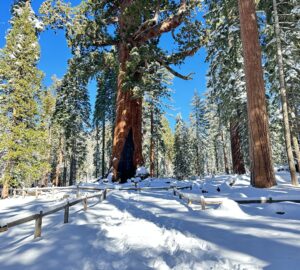
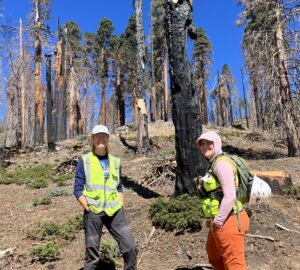
One Response to “Giant sequoias’ declining wildfire resilience”
Fred M. Cain
I would like to draw attention to the photograph at the bottom showing the “catface” on the large Sequoia. Specifically, notice the dead firs just behind the tree towards the left. That says it all – this is a large part of the problem. Those dead trees need to be removed immediately if they haven’t already been. In another wildfire they will burn very hot.
Regards,
Fred M. Cain
Topeka, IN